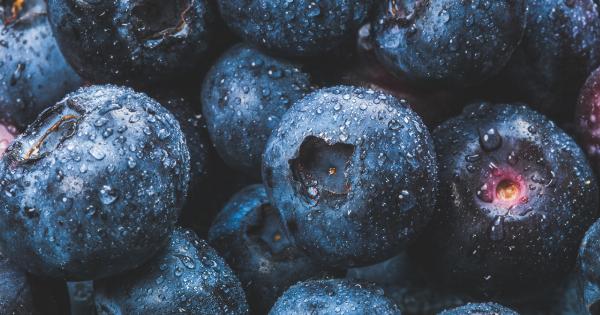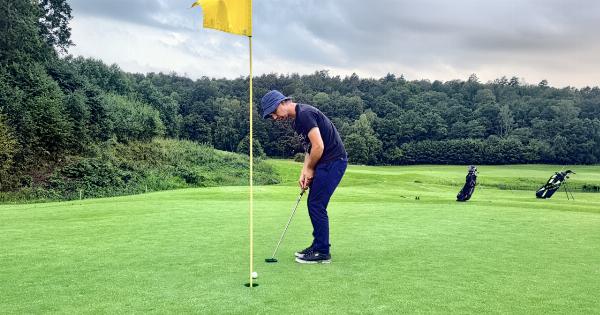Eating food with your bare hands is a practice that has been followed by many cultures for centuries. While the concept might seem primitive to some, there are actually several advantages and disadvantages associated with this method of eating.
In this article, we will explore the different aspects of eating food with your bare hands and weigh the pros and cons.
Advantages of Eating Food with Your Bare Hands
1. Enhanced sensory experience:.
Eating with your hands allows you to directly touch and feel the texture, temperature, and consistency of the food. This tactile experience enhances your connection with the meal and can make it more enjoyable.
2. Improved digestion:.
When you eat with your hands, the natural oils present on your skin can help in lubricating the food, making it easier to swallow and aiding digestion.
Additionally, the act of using your fingers to pick up and eat food stimulates the release of digestive enzymes in your saliva, kick-starting the digestion process.
3. Cultural significance:.
For many cultures, eating with hands is deeply rooted in tradition and carries great cultural significance. It is a way to connect with one’s heritage, customs, and traditions.
By adopting this practice, you can better understand and appreciate diverse cultures around the world.
4. Promotes mindful eating:.
Using your hands to eat can make you more conscious of each bite and promote a mindful eating experience. You become more aware of the flavors, textures, and portions, which can lead to better portion control and overall healthier eating habits.
5. Convenience and simplicity:.
When you eat with your hands, there are no utensils to clean or dishes to wash afterward. This can be especially convenient in outdoor settings, while traveling, or in situations where utensils may not be readily available.
Eating with your hands also eliminates the need for cutlery, making it a simpler and hassle-free way to enjoy your meals.
Disadvantages of Eating Food with Your Bare Hands
1. Unhygienic practices:.
One of the primary concerns associated with eating with your hands is the potential for unclean hands or poor hygiene practices.
If hands are not properly washed before eating, harmful bacteria and germs can be transferred to the food, leading to health issues.
2. Messy affair:.
Eating with your hands can be messy, especially when consuming foods that are sticky, greasy, or saucy. Finger foods can leave behind residues on hands, making them sticky and requiring frequent cleaning or wiping, which can be inconvenient.
3. Limited options:.
While eating with your hands may be suitable for certain types of cuisine, it may not be practical or enjoyable for others.
Foods that require utensils, such as soups, stews, or delicate dishes, may not be easily consumed with bare hands, limiting the range of food choices.
4. Social stigma:.
In some cultures or social settings, eating with your hands may be frowned upon or considered inappropriate. This can lead to discomfort or judgment from others, making the dining experience less enjoyable.
5. Lack of precision:.
Using hands for eating does not provide the same precision as utensils. Cutting, portioning, or handling certain foods can be challenging or messy without the aid of knives, forks, or spoons.
This can impact the overall dining experience, especially in formal or fine dining situations.
Conclusion
Eating food with your bare hands has its advantages and disadvantages.
While it offers an enhanced sensory experience, promotes mindful eating, and carries cultural significance, it also raises concerns about hygiene, leaves hands messy, limits food options, and may face social stigma. Ultimately, the decision to eat with your bare hands or use utensils depends on personal preferences, cultural background, and dining context.































